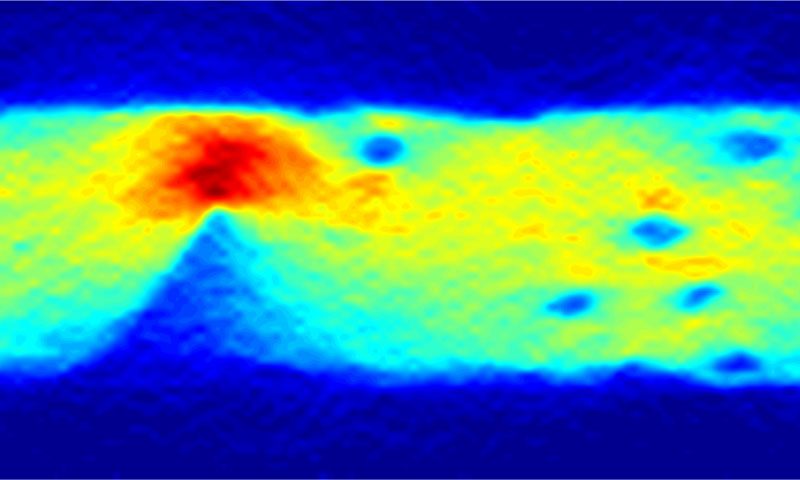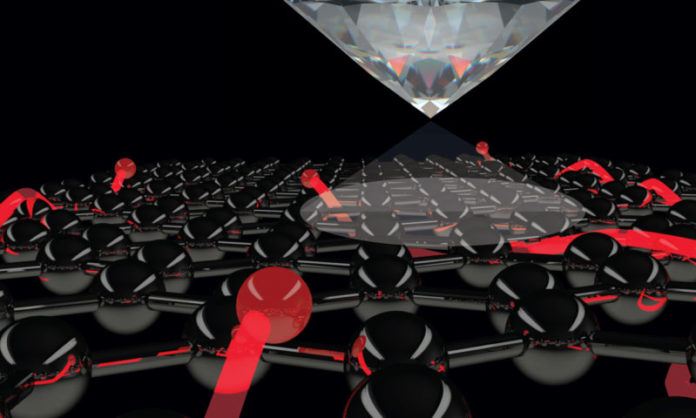Electronics Miniaturization becoming very popular for making small devices. Through this, electronic devices are getting so much stronger that they are surpassing Moore’s law. Moore’s law observes the number of transistors in a dense integrated circuit.
To see electrons’ flow in miniature devices, researchers at the Center for Quantum Computation and Communication Technology (CQC2T) at the University of Melbourne, have developed a new quantum probe. Through this technique, researchers are able to capture the movement of electrons in 2D graphene.
Lead author Jean-Philippe Tetienne said, “Our method is to shine a green laser on the diamond and see red light arising from the color center’s response to an electron’s magnetic field. By analyzing the intensity of the red light, we determine the magnetic field created by the electric current. We were also able to image it, and literally, see the effect of material imperfections.”

Researchers modeled this quantum probe on an atomic-sized ‘color centre’, which only found in diamonds. This enables researchers to understand electron behavior in a variety of new technologies.
Professor Lloyd Hollenberg, Deputy Director said, “This allow us to improve the reliability and performance of existing and emerging technologies. We are very excited by this result. This enables us to reveal the microscopic behavior of current in quantum computing devices, graphene, and other 2D materials.”
“The success of our new sensing technique means we have the potential to observe how electrons move in such structures and aid our future understanding of how quantum computers will operate.”
According to researchers, this quantum probe technique has application in the development of nanoelectronics that controls quantum computers.
Nikolai Dontschuk, a graphene researcher at the University of Melbourne said, “No one has been able to see what is happening with electric currents in graphene before.”
“Building a device that combined graphene with the extremely sensitive nitrogen-vacancy color center in diamond was challenging. But an important advantage of our approach is that it’s non-invasive and robust. We don’t disrupt the current by sensing it in this way.”
